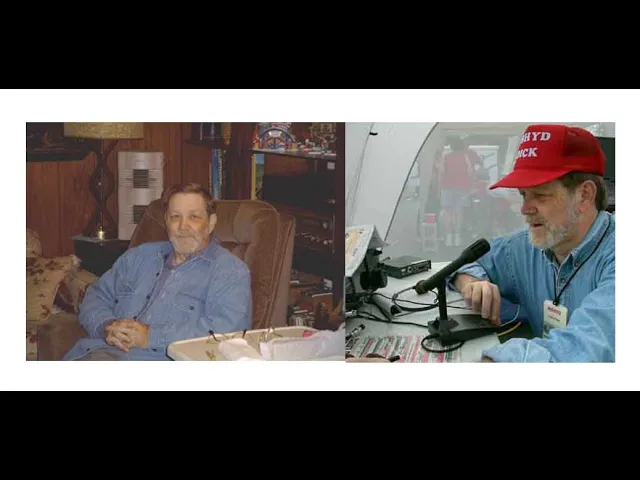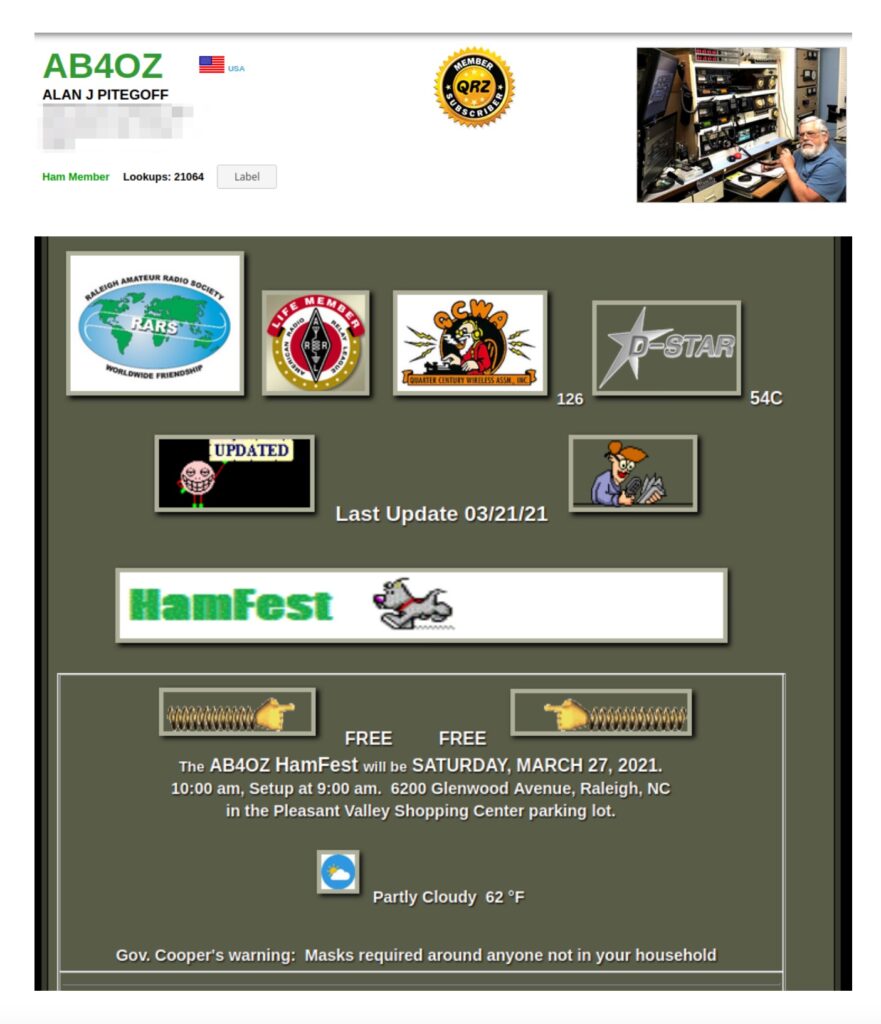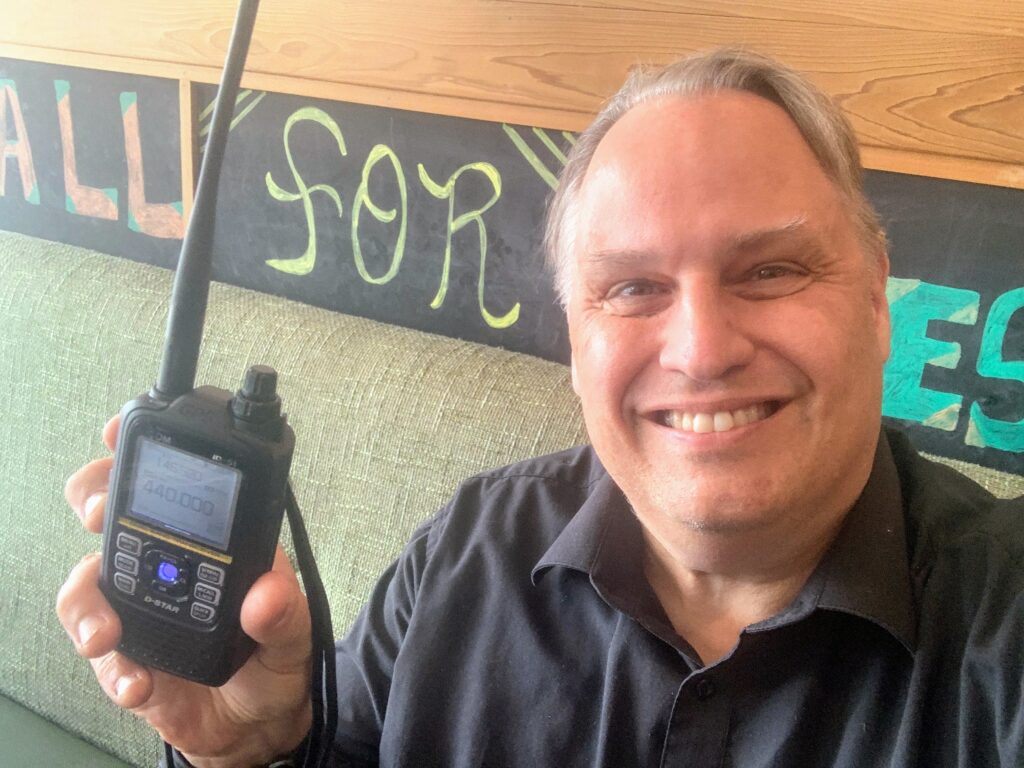
Rapid Radios Walkie-Talkie are marketed as emergency, internet-connected radios that provide nationwide and international coverage with “no monthly fees ever.” Designed to resemble traditional two-way radios, they operate over cellular networks using SIM cards. This evaluation examines the technical aspects, functionality, cost, and overall value of Rapid Radios, incorporating user feedback, expert opinions, and comparisons with alternative communication devices. If you see anything we have missed or is incorrect please add that as a comment.
My concern is that the marketing seems to imply. This would be an excellent solution in a time of a disaster, and as we just saw in Western North Carolina, after the hurricane, the cell phone towers were out, the power is out and even the emergency services were having problems communicating. The only communication that was functioning is good. Old analog amateur radio where they either had their own source of power or batteries or solar, charging batteries. I have not worked directly with these radio and wrote this because so many people know I am active in Amateur Radio and asked my opinion.
Product Overview
Key Features
- Nationwide Coverage: Operates over multiple cellular networks, allowing communication across vast distances.
- Encrypted Communication: Offers secure, encrypted voice communication to ensure privacy.
- Multiple Talk Groups: Supports the creation of various talk groups (e.g., family, work, emergency), isolating conversations within specific groups.
- Long Battery Life: Exceptional battery performance, capable of lasting several days on a single charge.
- Rugged Design: Built with durable materials, offering water resistance and a sturdy feel.
- Ease of Use: Designed for straightforward operation, appealing to non-technical users.
Technical Specifications
- Connectivity: Utilizes LTE cellular networks via an embedded SIM card.
- Frequency Bands: Does not operate on traditional radio frequencies (VHF/UHF); relies solely on cellular networks.
- Programming: Pre-programmed by the manufacturer; currently, users cannot self-program or modify settings without company assistance.
- Battery: High-capacity rechargeable battery with USB-C charging.
- Encryption: End-to-end encryption for secure communication.
Pros and Cons
Pros
- Extended Range Communication
- Nationwide Coverage: Capable of clear communication over long distances, far exceeding the range of traditional two-way radios.
- Secure Communication
- Encryption: Provides encrypted voice communication, ensuring privacy and security for sensitive conversations.
- User-Friendly Design
- Ease of Use: Simple operation with minimal setup, suitable for users unfamiliar with radio programming.
- Dedicated Device: Eliminates distractions associated with smartphones.
- Exceptional Battery Life
- Long-lasting Power: Users report the ability to use the radios for several days without recharging.
- Durable Construction
- Rugged Build: Designed to withstand harsh environments, with water resistance and solid materials.
- Group Communication Features
- Multiple Talk Groups: Ability to create different groups for various purposes, isolating communications.
Cons
- Dependence on Cellular Networks
- Infrastructure Reliance: Requires operational cellular towers and networks; ineffective in areas without coverage or during network outages.
- Not True Off-Grid: Contradicts the marketing claim of being suitable for off-grid use.
- Ongoing Costs Despite “No Monthly Fees” Claim
- Annual Fee: $50 per radio per year after the first year, effectively a subscription fee.
- Misleading Marketing: The claim of “no monthly fees ever” is contradicted by the annual charge.
- Limited User Control and Programming
- Cannot Self-Program (at this time): Users cannot change channels, frequencies, or add contacts without contacting the company.
- Inflexibility: Hinders adaptability in dynamic situations or emergencies.
- Lack of Scanning Capability
- Cannot Scan Multiple Talk Groups: Users cannot monitor multiple groups simultaneously, potentially missing important communications.
- Safety Concerns: Especially critical for emergency services or situations requiring situational awareness.
- Security Vulnerabilities
- Group Name Exposure: If a group name is known, unauthorized users could request to be added, compromising privacy.
- No User-Level Security Controls: Limited options to manage security settings independently.
- Limited Functionality Compared to Smartphones
- Voice Only: Cannot send text messages, images, or use other applications.
- Redundancy: Offers similar capabilities to smartphones but with fewer features.
- Inconsistent Performance
- Variable Connectivity: Users report instances where the radios had no signal despite cellular phones having coverage, and vice versa.
- Network Locking: Some users observed the radios locked onto a single network (e.g., Comcast) without switching to stronger signals.
- Marketing and Transparency Issues
- Selective Reviews: Company website displays only positive reviews, raising concerns about transparency.
- Customer Service: Reports of deleted comments on their social media platform with any challenging question and unaddressed concerns suggest a lack of responsiveness.
Detailed Analysis
Dependence on Cellular Networks
Rapid Radios function by connecting to existing cellular networks. While this enables extended range communication, it introduces significant limitations:
- Emergency Situations: In disasters or emergencies where cellular infrastructure is compromised, Rapid Radios become inoperative.
- Remote Areas: In regions without reliable cellular coverage, such as mountains or rural areas, functionality is severely limited.
- Infrastructure Failure: The reliance on external infrastructure contradicts the concept of an emergency radio designed for off-grid use.
Cost and Value Proposition
The initial investment ranges from list “$997.00, current price on website $399.00 for a pair of radios, with an annual fee of $50 per radio after the first year.
- Comparison with Alternatives:
- Traditional Radios: Offer free communication after the initial purchase, with no reliance on external networks.
- Smartphones with Apps: Provide similar or greater functionality without additional device costs, using apps like Signal for encrypted communication.
- Misleading Marketing: The annual fee effectively serves as a subscription, contradicting the “no monthly fees ever” claim.
User Control and Flexibility
- Programming Limitations: Users cannot independently program the radios, change settings, or add contacts without manufacturer assistance.
- Future Developments: The company plans to introduce user programming capabilities, but current limitations hinder flexibility.
Security and Privacy
While offering encrypted communication, Rapid Radios have potential security vulnerabilities:
- Group Access: Knowledge of a group name can may allow unauthorized access if the company adds the user.
- No Scanning for Unauthorized Activity: It seems like users cannot monitor if unauthorized parties are attempting to access their communications.
Functional Limitations
- Lack of Scanning: Essential for users who need to monitor multiple channels for safety or operational awareness.
- Single Function Device: Only supports voice communication, lacking the versatility of devices that support text, media, and applications.
Build Quality and Battery Performance
- Positive Aspects:
- Durability: Suitable for harsh environments, beneficial for outdoor activities and industrial use.
- Battery Life: Superior battery performance reduces the need for frequent charging.
Use Cases
Suitable Scenarios
- Businesses Within Coverage Areas: Construction companies, delivery services, and other enterprises operating in areas with reliable cellular networks.
- Non-Technical Users: Individuals seeking simple communication devices without the need to program or manage complex settings.
Unsuitable Scenarios
- Emergency Preparedness: Situations requiring reliable communication independent of infrastructure.
- Remote or Off-Grid Locations: Areas lacking consistent cellular coverage.
- Users Requiring Advanced Features: Individuals needing scanning capabilities, text communication, or integration with other radio systems.
Alternatives
Traditional Two-Way Radios
- Pros:
- True off-grid communication.
- User-programmable frequencies and channels.
- No ongoing fees after initial purchase.
- Cons:
- Limited range compared to cellular-based devices.
- Requires knowledge of radio operation and licensing (e.g., for ham radios).
Smartphones with Encrypted Apps
- Pros:
- Multifunctional devices with texting, media sharing, and applications.
- Encrypted communication via apps like Signal.
- Utilizes existing devices, reducing the need for additional hardware.
- Cons:
- Dependence on cellular or Wi-Fi networks.
- Potential distractions due to multiple functionalities.
Satellite Communicators
- Pros:
- Operate independently of cellular networks.
- Global coverage in remote areas.
- Support for emergency SOS functions.
- Cons:
- Higher initial costs and subscription fees.
- Limited bandwidth for voice communication.
Conclusion
Rapid Radios provide a unique blend of extended-range, encrypted voice communication with a user-friendly interface and robust design. However, their reliance on cellular infrastructure, limitations in user control, ongoing costs, and potential security vulnerabilities raise significant concerns.
For users operating exclusively within areas of reliable cellular coverage and seeking a simple, dedicated communication device, Rapid Radios may offer value. Businesses that require straightforward, encrypted communication without the need for advanced features might find them suitable.
Conversely, for emergency preparedness, off-grid communication, or users requiring greater control and functionality, alternative solutions such as traditional radios or smartphones with encrypted apps may be more appropriate.
Recommendation: Potential buyers should carefully assess their specific communication needs, consider the limitations outlined, and explore alternative options before investing in Rapid Radios. Transparency from the manufacturer regarding costs, capabilities, and limitations is crucial for informed decision-making.
Key Takeaways
- Understand the Limitations: Recognize that Rapid Radios are not a substitute for true off-grid communication devices.
- Evaluate Costs: Be aware of the annual fees and consider long-term expenses.
- Assess Security Needs: Consider potential vulnerabilities and whether the device meets your privacy requirements.
- Explore Alternatives: Compare with other devices to determine the best fit for your communication needs.
- Stay Informed: Monitor updates from the manufacturer regarding user programming capabilities and network improvements.
By thoroughly evaluating the pros and cons, users can make an informed decision about whether Rapid Radios align with their communication requirements and expectations.
Here is a YouTube that give a good review
Here is the link to the manufacture: https://rapidradios.com/
Let me hear your views and comments.
Martin KI4CFS








